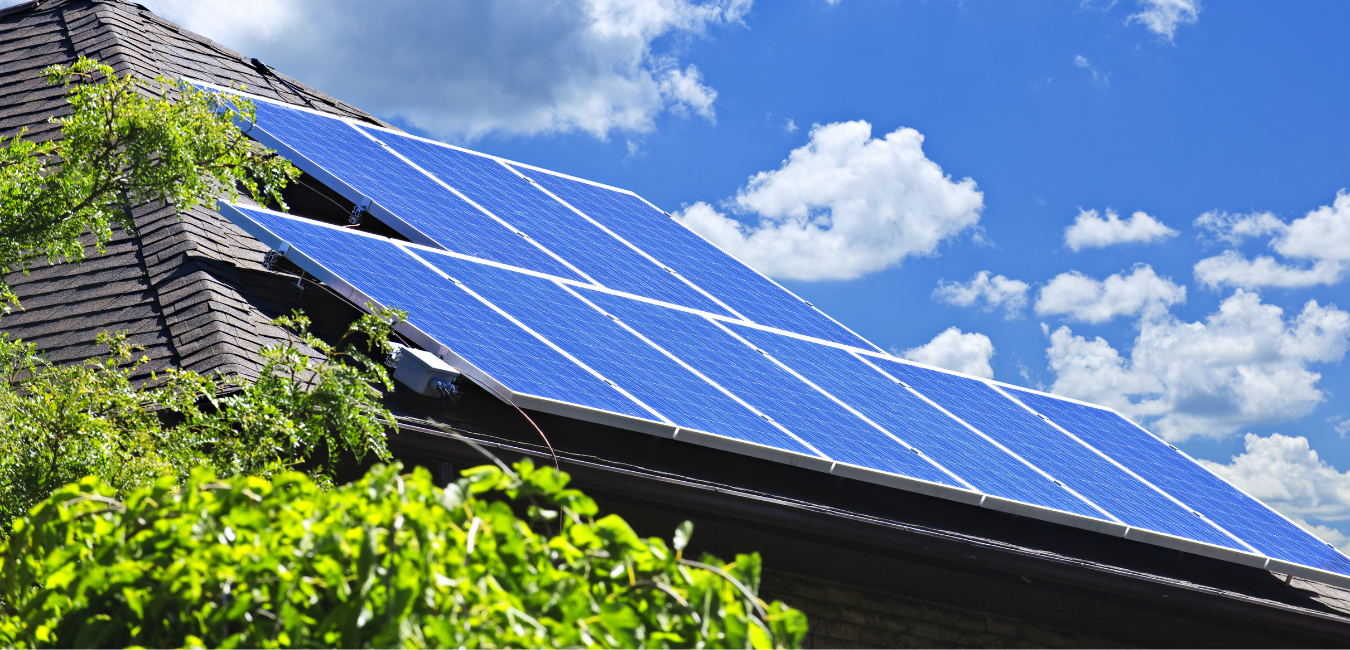As accredited solar installers and designers, we get a lot of questions about how much solar can save you on energy bills. Suppose you spend hundreds of dollars on electricity bills per quarter for your home and mostly use power during the day. In that case, solar is worth the upfront investment, as it will pay for itself over time (the expected return on investment timeframe is usually between 3-5 years).
How much you can save will depend on several factors, with the size of your solar system and your energy consumption levels being the key.
As part of the quote process, our solar team will evaluate your energy consumption through your most recent energy bills and assess your roof in person before providing you with a detailed proposal. This includes things such as expected savings on your electricity bill over 20 years and a monthly electricity bill comparison.
To give you an example, we are sharing a case study of our recent solar installation and the client’s projected savings as outlined in their solar proposal.
Case Study: 10.53kW Solar System Installation
About the property
Type of property: Residential home with swimming pool
Location: North Brisbane
Date of installation: November 2022
Average bill per quarter: $500
Average consumption: 2,300 kWh per quarter or 26 kWh per day
System Size
System size: 10.53 kW
Estimated annual production: 17,463 kWh
Solar panel: 27 × 390W Hyundai Green Energy UF Series
Inverter: 1 × Sungrow SG8K-D, 8000W
Daily electricity production: Averaging 30-61 kWh daily, depending on the month. E.g. 30 kWh per day in June, 61 kWh per day in January and December.
Installation costs
$13,505 incl. GST (includes solar system, network pre-approval, installation and labour)
Government rebate: $4,550 (130 STCs x $35)
Total cost to client: $8,955 inc. GST
Electricity costs
Average monthly bill
Before solar: $177.11
With solar: $8.20 CR ↓105% (first year average)
Average annual bill
Before solar: $2,125.34
With solar: $98.46 CR ↓105% (estimated annual savings $2,094.69)
Financial Analysis
The expected electricity bill savings over 20 years are provided below based on the system size.
As certified Master Electricians and accredited solar specialists and designers, Ehlerth Electrical is trusted to provide expert service in solar repairs, replacements and installations. If you are interested in installing solar for your property, please contact our team today!












